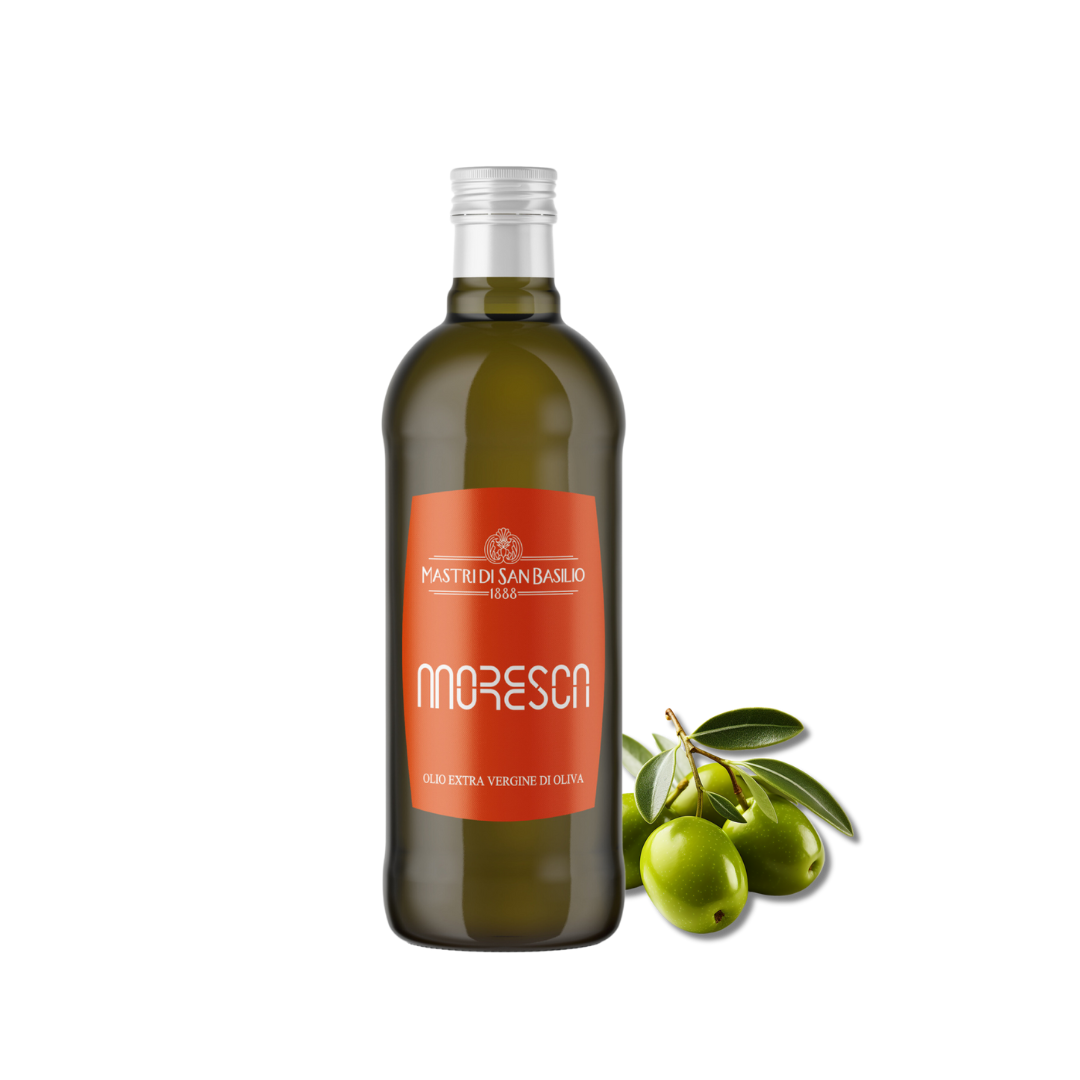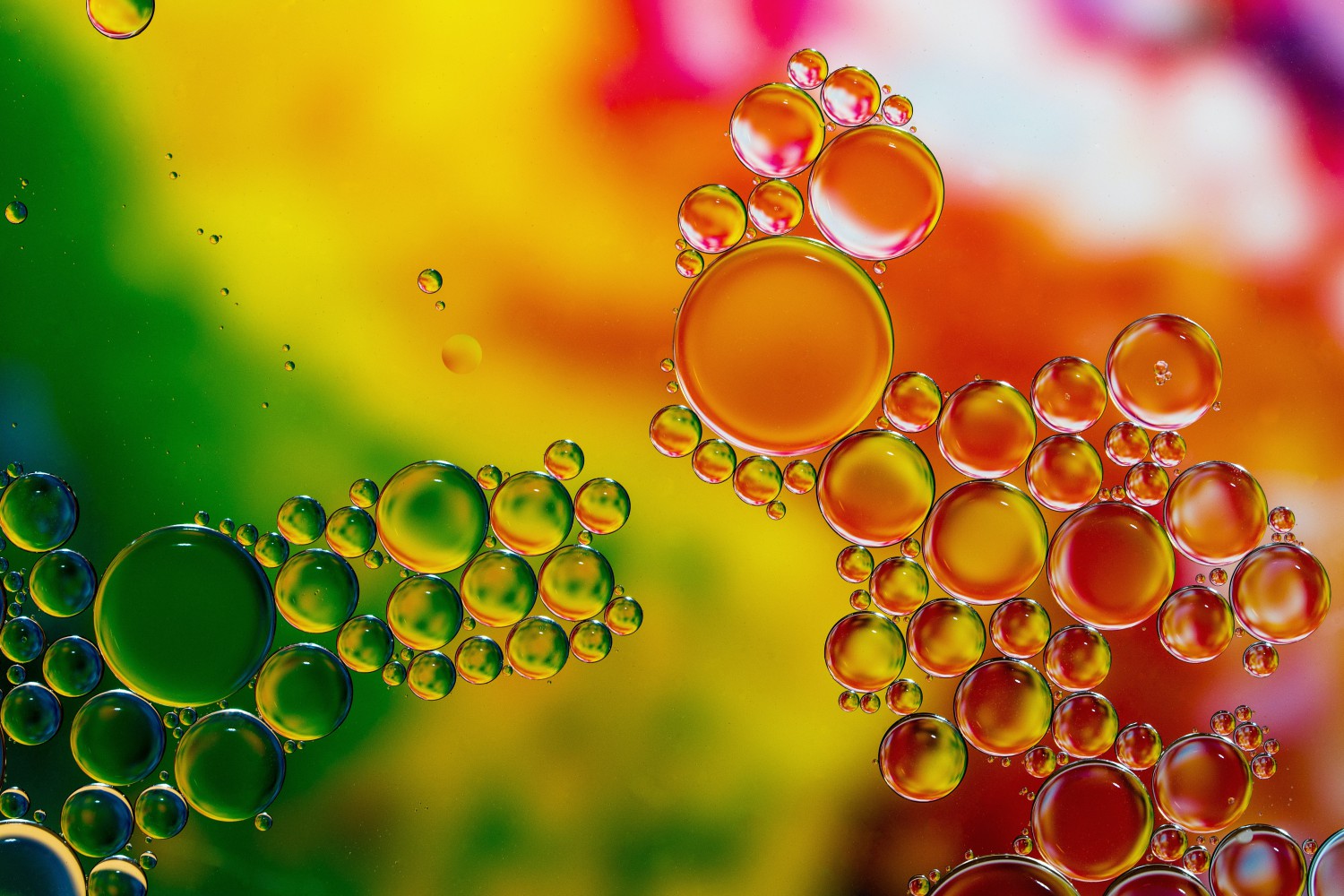Have you noticed how many different shades of oil colors exist? From deep green to yellow, sometimes arriving at a color so light that it seems almost transparent. Oil does not have a single color and above all the color does not determine the goodness of the product. If anything, it identifies the gustatory difference and the type of cultivar, the origin, the quantity of chlorophyll, the level of carotenes, the soil on which the olives were grown and their state of ripeness.
Believing that the more or less intense color of the oil establishes the quality of the oil itself is therefore a false belief. To confirm how color can be irrelevant in this sense, consider that during the panel tests the oil is placed in dark glasses so that the shade does not determine its evaluation.
Rather, turbidity and clarityare elements to take into consideration when talking about the quality and color of the oil. Characteristics which, in addition to determining a darker or brighter shade, identify whether or not there has been filtrationof the product. Again, consumers are used to thinking that cloudy oil is more genuine and less refined. This is partly true, but as long as you respect some conditions. One of these is the preservation time. This is because the raw oil, if not consumed in a short period, could lead to the formation of deposits on the bottom and therefore to their fermentation. Circumstance to be avoided. The reason is linked to the quantity of acids present in the oil. For example, the Mediterranean oils and especially the Italian ones, have a high concentration of monounsaturated acids which allow the microparticles of water to remain in suspension for longer, resulting in fewer unwanted formations. Contrary situation for Tunisian oils.
Let's now see what the different elements are that contribute to defining the colors of the oil.
Carotene and chlorophyll
They are natural substances that "color" the olive oil during transformation. The former change from yellow to red/orange, while the latter have a green colour. In addition to determining its color, these pigments are useful for the preservation of the oil and for their antioxidant action.
Both are often used strategically by producers to make the oil more attractive to consumers. We are talking above all about the synthetic chlorophyll, added during the pressing of the olive to ensure that the oil acquires a bright green color. Another practice implemented to achieve the same color is the use of olive leaves (which contain chlorophyll) in the pressing. The result is an attractive nuance at the expense of the taste which remains much more bitter.
Carotenes and chlorophylls are also directly linked to the state of ripening of the olives that are used. We find high levels of chlorophyll in under-ripe olives. The young oil is therefore very green. Color which, however, varies with the passage of time due to the deterioration of the chlorophyll itself. The upper hand is thus taken by carotenes which shade the oil with yellow and golden shades.
Cultivars
The agricultural variety also influences the coloring. In Italy alone there are more than 500 different cultivars. Depending on the type of olive, pressing takes place according to different ripening moments.
Two typical Apulian types are the Coratina and the Ogliarola . The first, being pressed at the beginning of maturation (where the chlorophyll level is higher), gives an intense green oil. Ogliarola, on the other hand, has a golden yellow color with light green shades.
In central Italy, more precisely in Tuscany and Umbria, the most widespread cultivar is that of Moragliolo . The color of the oil resulting from these olives is green with different degrees of intensity.
The Taggiasca olive, typical Ligurian, is harvested when fully ripe, so the resulting oil tends towards straw yellow.
As a rule, the young olive produces a greener oil than a mature olive, which instead produces a yellower oil. This is because the color of the fruit that is not yet ripe is usually green.
Geographical area: climate and terrain
The type of cultivar is also connected to the soil and climate of the geographical area in which the olives are grown. Humidity, rainfall, temperatures and soil particularly affect the shades of the oil.
The mild northern climate gives rise to cultivars for yellowish-colored oils. Central Italy is home to olive cultivations on the hills and at the foot of the mountains surrounded by a temperate climate mitigated by the sea from which a greener oil is obtained. Southern Italy has a dry and hot climate with clay and limestone soils, which are also excellent for green-colored oils.
Processing
The first important distinction is found between refined oil and unrefined oil. Artificial shades, too bright or too dull are a first clue. Through the high temperatures of refining, the oil loses its classic color turning towards a lighter shade, sometimes tending towards transparent. Often this operation is also carried out to obtain a greater volume of product. Obviously the quality is lower than unrefined oils.
As we said earlier, the degree of ripeness also affects the colour. Ripe olives with yellow oil, unripe olives with green oil. However, olives are often pressed when they are completely ripe, even though they lose part of their organoleptic properties, because the yield of unripe olives can be less than 50%.
storage
We have already talked about how storage can change the appearance of the oil in terms of cloudiness and residues.
On the contrary, too much cold could cause white spots. In this case the product does not suffer any damage with respect to quality. The white traces are due to the triglycerides that make up the oil (specifically palmitic and stearic acid). By bringing the oil back to room temperature, the white dots will tend to disappear.
The adviceis therefore to consume the oil within 12/18 months of extraction, away from the sun and heat sources, at a temperature between 13° and 17°.
Source: olioevo.eu



